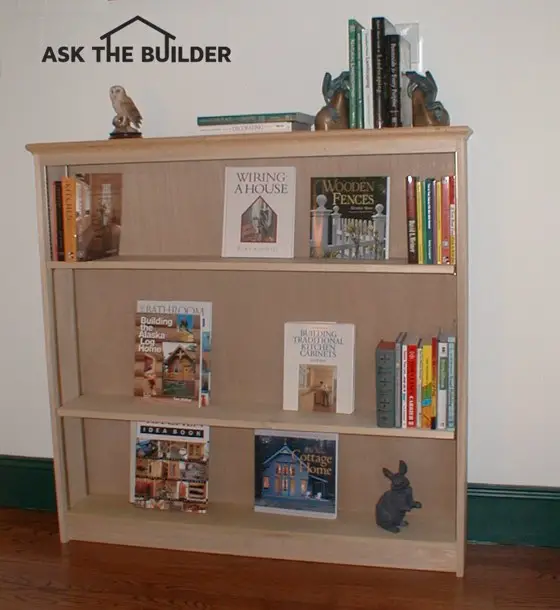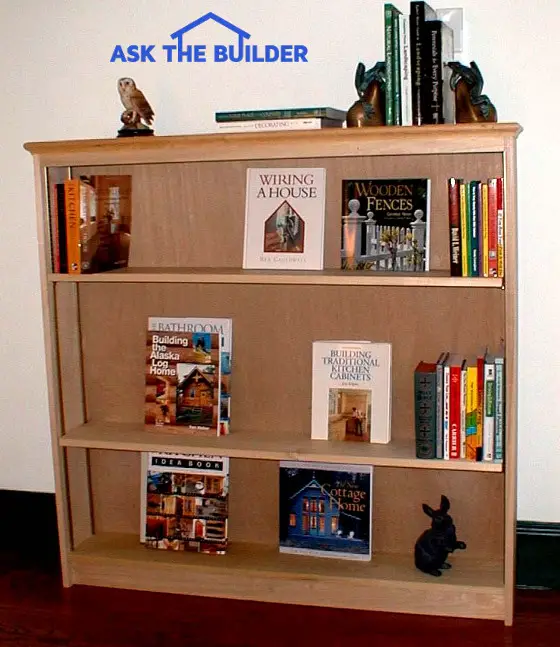Do you want to create a cozy spot to read a book, ponder the majesty of the autumn colors, watch snow fall, or listen to a rain shower? You often can't find a better place than a comfortable window seat. Window seats are classy, plain and simple.
Surprisingly Simple
If you possess the following basic carpentry tools, you can successfully build a simple window seat. Here are the tools I would gather for this project:
- 2 and 4 foot levels
- Power circular saw
- Tape measure
- Framing square
- Miter box and saw
- Drywall finishing tools
- Hammer
- Screwdrivers
- Painting Tools
These are very basic tools that many people have. The hardest part of the entire project, in my opinion, is cutting and fitting the top. All too often the space where the top fits is not perfectly square. You need to use the framing square to help you determine just how to cut each short edge to make the top fit snuggly in the wall recess.
Storage Access Options
Probably the easiest way to provide access to the area beneath the seat is to use stock kitchen cabinet fronts. I have found that the best size to use is the front face of a 15 inch high kitchen wall cabinet. You can often just order these without the sides, top or bottom of the cabinet. The trick is to find one or a combination of cabinet faces that will work for the width of your window seat. Once you have accomplished this, you simply install a 2x4 on its side at the front bottom of the window seat wall. The cabinet face will sit on top of this blocking. A 4 inch high baseboard will overlap onto the frame of the cabinet front and hide this rough lumber, giving a professional look to your job.
Front access to a window seat eliminates the detail work of building the flip-up seat. This can require a good degree of skill and patience.
Front access means you may have to get on your knees to retrieve items, but they will be clearly visible for the most part. Window seats with flip-up lids often become interior dumpsters. You have to remove all items to get to something on the bottom! There is no right or wrong way to provide access to a window seat storage area. It is a matter of personal preference.
Big Seats!
I think the largest window seat I constructed to date was one that is nearly 9 feet wide. It was a spectacular seat that was on a flat wall - one without a recess in the window area. The architect created the recess by placing the seat in between built-in bookshelves that flanked either side of the large window. A cabinet maker constructed all of the cabinets - an option you might consider - and the window seat came ready to install. The entire job of placing the seat,cabinet and top took about one hour! This method costs more money, but you grant ownership of 90 percent of the construction problems to the cabinet maker.
If you like flip up window seat lids, a cabinet maker will be able to help you locate slick hidden hinges that recess into edges of the flip lid and the seat edge. These hinges work best if you plan to have cushions on the window seat. Traditional hinges stick up above the surface of the seat and can tear cushion material.
Try to build a test window seat in another location of your house before you build the one all of your friends and neighbors will see. Refine your carpentry skills in a child's bedroom or perhaps another room. Good luck!
Click here for a cross section and details to build this window seat!
Column B295

